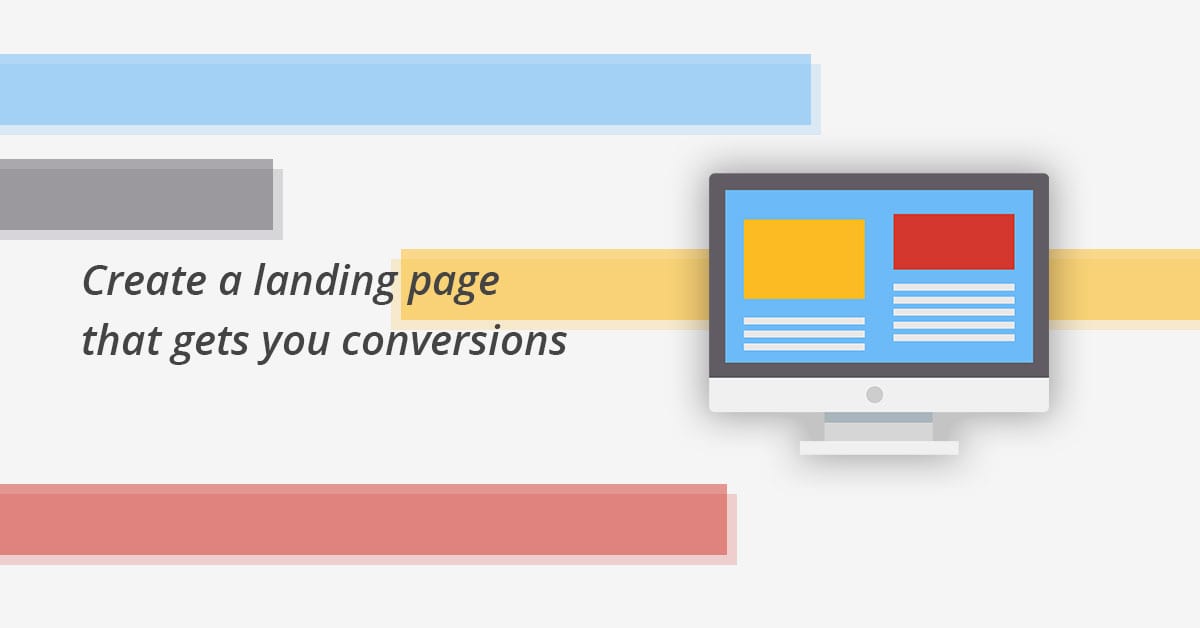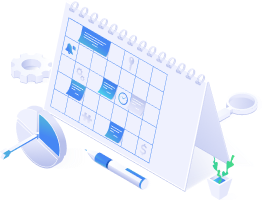Advertising your product using Google Ads does not end by writing good ad copy and correct targeting. Customer´s experience building and decision making continues after clicking the ad and entering the page to which the ad leads. This landing page, which is not necessarily the main page, is often the first experience a user has with your business.
The landing page, the page a customer reaches after clicking your ad, is an important factor in evaluating Quality Score of your ad. Google takes into account several factors, discussed in a previous blog, to rate your landing page in one of three levels. Then, along with other factors, it sets the Quality Score, which determines the ranking of the ad in the auction as well as the bid needed.
However, it may happen that Google rates the landing page as average or above average, but it will not reflect in conversions. The bounce rate (the percentage of people who leave the site immediately) will be high and the conversion rate will be low…
…what could have gone wrong and how to fix it?
The base is clear design
There is a reason for saying that the first impression is important. In our case, the first impression is the overall design of the website where potential customers find themselves after clicking the ad. This website is your business card. Its layout should therefore be organized and clear so that people can orientate themselves easily. Various elements, such as discount notifications or pop-up ads, can also disrupt the design.
Particular care should be taken with the mobile versions of the site, which, if you don’t have a responsive design, may be muddled up and confusing, which of course discourages the customer.
The best comes the first
All the most popular and important links should be immediately in the eyes. The button for making a purchase should be visible right away, not when scrolling down the page. The same applies to important product information or price.
You can also monitor links that are important to your customers based on the reports of their behavior provided by Google Analytics. We write about them below.
Use colors, pictures, symbols
Colors, images and symbols complete the visual impression of your site and have two important tasks. First of all, the customer can see what product she is buying and can consider whether it suits her. Use high quality photos to raise credibility.
Secondly, their use attracts the customer’s attention and can lead them to purchase. Highlight the place where the customer should click to make a purchase, so they do not have to search for it for a long time. Alternatively, use various arrows and other graphical symbols.
Communicate your brand effectively
Your site copy should be true, trustworthy, and related to the brand’s “personality”. Emphasize its uniqueness and the advantages that make you outstand from the competition – such as a discount or free product delivery…
The page should also include call-to-action (CTA) phrases to encourage people to complete what they came for to your site – purchase/conversion. For example, with phrase “Buy now without waiting in line!” you may suggest to the customer that not only should they purchase the product, but it will also be a quick and easy process in which they do not need to stand in line – which is an advantage.
However, keep in mind that the landing page is usually not a blog. Therefore, it should be brief and apt, with all the necessary product information and clear instructions to direct the customer to the purchase.
Offer what the ad promises
Users come to your site mostly because they have a reason for that. If they are searching for a product on Google, they are most likely going to buy it. Therefore, if you advertise specific hiking boots, your ad should not link to the homepage or hiking boots category page.
Get help from Google Analytics
Google Analytics provides detailed information about your site’s activity, users, and their behavior. This is a useful tool when optimizing your landing page. You can get information about who your visitors are, where they come from, by searching for which keywords they reach your site, how they behave on your site, what links they click on, etc.
Learn more about the behavior of the visitors of your website.
From this, you can put together the whole context of their behavior and see which part of the landing page may be an issue.
Test and get feedback
When you identify a problem and try to change it, use A/B testing to see if the customer behavior on your site changes. Test only one variable at a time to make it clear whether or not it was a real issue. The results, however, usually do not appear from day to day, but within a few days to weeks.
You can also test the effectiveness of the changes by using the feedback form you give to your site visitors. It should focus on their perception of the site, orientation there, the complications with purchase… We recommend using open-ended questions where people can write their opinions.
We have already mentioned that various pop-up elements on a website can disrupt the user’s experience and discourage them from buying. Therefore, if you choose to ask your visitors for feedback, give them a chance to avoid a response.





